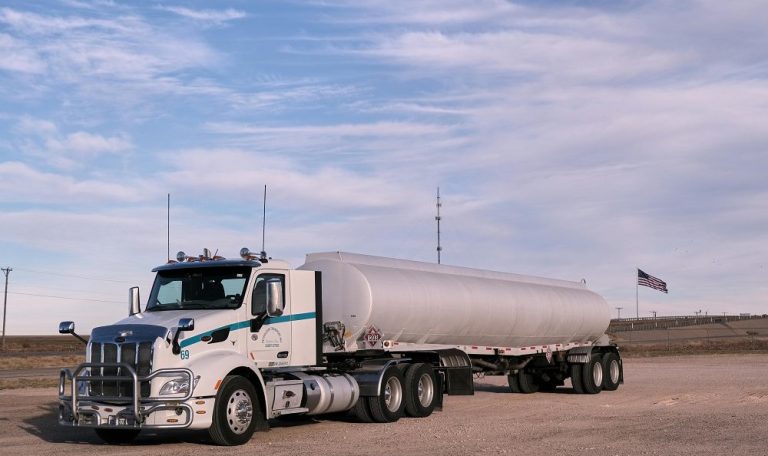
Pest cycles, historically linked to seasonal shifts, are being rethought. Pest management tactics have been based on seasonal insect and rodent activity for generations. Significant changes in global weather patterns are testing these conventional assumptions, affecting urban and agricultural areas. Pest managers must be proactive and adaptable as these modifications change pest life cycles, geographical distribution, and severity. Understanding how slight but significant changes in temperature, precipitation, and extreme weather events affect these organisms is essential for effective prevention and response. This changing dynamic requires a more complex and responsive framework for planning and conducting control measures, going beyond seasonal calendars to data-driven predictions. See https://goawaypestcontrol.com/san-antonio/ for responsive pest management tips.
Changed Lifecycles
Warm weather speeds up insect development, allowing them to complete more generations in a year. Increased generational cycles lead to bigger seasonal populations. For instance, insects with one or two reproductive cycles per year may suddenly have three or four, increasing their numbers exponentially. Pest management professionals must intervene earlier and stay vigilant because the opportunity for successful control may open earlier and persist longer.
Extended Seasons
Milder winters allow more pests to survive or emerge. Extended warm temperatures in autumn can lengthen the active season for many species, allowing them to forage, reproduce, and seek shelter later than usual. Pest management activities, traditionally focused during peak seasons, must now be considered practically year-round in many places to adapt to longer pest presence and possible proliferation. Pest life cycles are directly affected by environmental change.

New Infestations
Environmental alterations are influencing pest populations and allowing new species to flourish in previously uninhabited areas. More moderate climates allow species from warmer locations to expand their range. The ongoing monitoring and identification of emerging risks demands a flexible and knowledgeable management approach that can quickly identify and address new infestations before they get entrenched.
Adjustable Methods
Predictive modeling using real-time weather data and long-term climate projections predicts pest spikes and activity shifts. Holistic integrated pest control (IPM), including biological, cultural, mechanical, and targeted chemical methods, becomes increasingly more important. In regions with lengthy dry spells, pests may be forced indoors seeking moisture, requiring specialized techniques. Service providers are adapting their schedules and treatment regimens to these changing patterns to give more targeted and effective interventions. Local experience can be useful when contemplating responsive services customized to changing environmental conditions. For example, https://goawaypestcontrol.com/san-antonio/ may offer adaptive techniques. This proactive and adaptive approach is necessary to maintain control during unanticipated environmental shifts.









